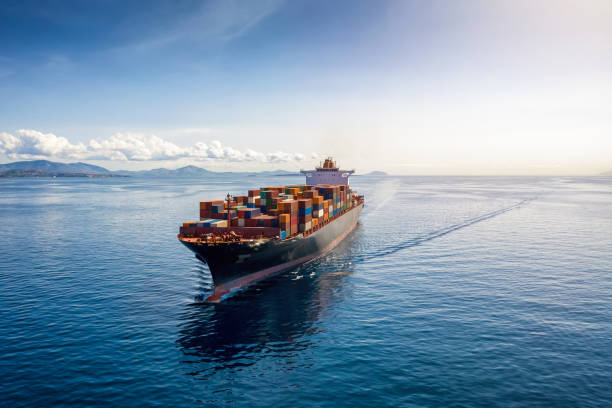Maritime Boundaries and International Law: A Contemporary Analysis
As global powers continue to compete for the world's oceans, maritime boundary disputes have become increasingly common. These disputes often involve complex legal issues under international law. This article aims to provide a comprehensive analysis of the current legal landscape surrounding maritime boundaries and the implications of these disputes on international relations.

The Historical Background of Maritime Boundaries
Maritime boundaries have been a significant aspect of international law since the 17th century. The concept of ‘freedom of the seas,’ proposed by Dutch jurist Hugo Grotius, laid the foundation for maritime law. It asserted that the high seas should be open to all nations and be free from territorial control. However, this principle has been challenged in recent centuries as nations have sought to extend their territorial waters for economic or strategic reasons.
The United Nations Convention on the Law of the Sea
The United Nations Convention on the Law of the Sea (UNCLOS), adopted in 1982, is considered the “constitution of the oceans.” It provides a comprehensive framework for the use and conservation of marine resources and the settlement of maritime disputes. UNCLOS recognizes a 12-nautical-mile territorial sea limit, a 200-nautical-mile exclusive economic zone (EEZ), and an extended continental shelf. It also establishes the International Tribunal for the Law of the Sea to adjudicate maritime disputes.
Current Disputes and Legal Controversies
Despite the legal framework provided by UNCLOS, multiple maritime boundary disputes persist. For example, the South China Sea dispute involves several Asian countries with overlapping territorial and maritime claims. Similarly, in the Eastern Mediterranean, Greece and Turkey dispute the delimitation of their maritime zones. These disputes often involve issues of national sovereignty, resource exploitation, and strategic control, making them complex and sensitive to resolve.
Implications and Impact on Society
Maritime disputes have significant implications for global security and the international order. They can lead to escalating tensions and even military confrontations, threatening peace and stability. Moreover, these disputes impact global commerce, as many of the world’s busiest shipping lanes pass through contested waters. They also affect the exploitation of marine resources, such as fish stocks and undersea minerals, which are critical for many countries’ economies.
The Future of Maritime Boundaries under International Law
The resolution of maritime boundary disputes requires a balance of legal principles and political realities. International law provides a useful framework, but its effectiveness depends on states’ willingness to comply. The future of maritime boundaries will likely involve further refinement of legal principles, increased use of dispute resolution mechanisms, and ongoing negotiations to balance national interests and international obligations.
In conclusion, maritime boundaries are a complex and dynamic area of international law. They are influenced by historical precedents, legal conventions, and contemporary geopolitical realities. As nations continue to assert their maritime claims, the role of international law in managing these disputes will remain critical for maintaining global peace and order.





